Understanding Dyslexia in the Classroom
Learners with dyslexia have huge capabilities and are often uniquely creative thinkers. Understanding dyslexia in the classroom is vital for improving outcomes.
 2 min read
2 min read
 Published: 16 Jan 2019
Published: 16 Jan 2019
 Dr. Sue Wilkinson
Dr. Sue Wilkinson
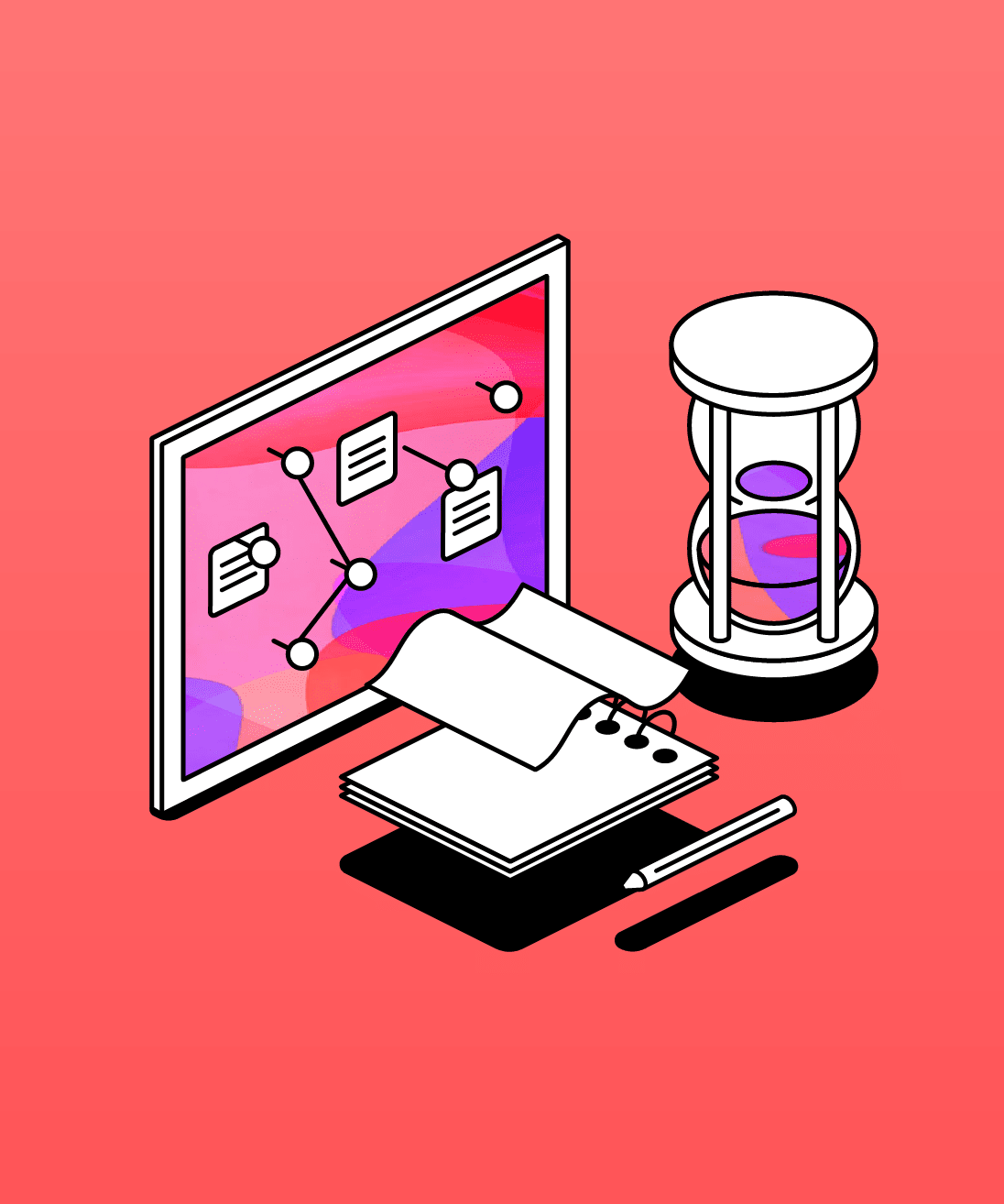
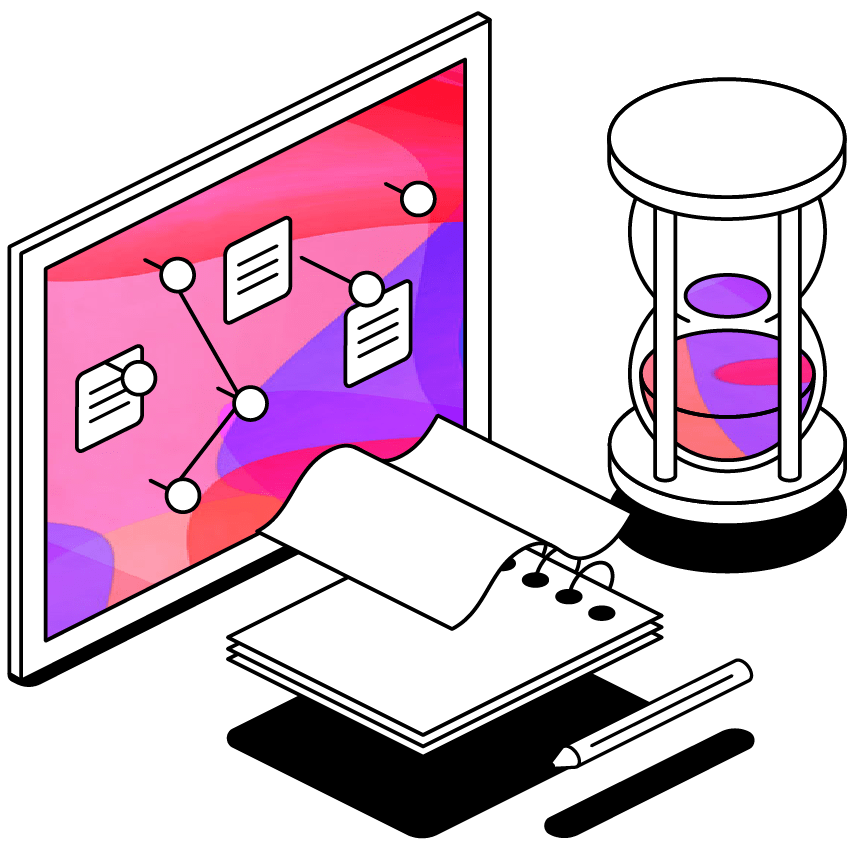
Dyslexia presents itself from a young age, causing numerous problems in the learning process. But learners with dyslexia also have tremendous capabilities, and are often uniquely creative thinkers.
Understanding dyslexia in the classroom is therefore vital for improving outcomes and helping every student realise their full potential.
Dealing with Disability Support Services around the US on a daily basis, Glean knows how challenging providing accommodation for different conditions can be. Understanding the daily obstacles students with disabilities face is the natural first port of call.
We asked a disability support professional with 20 years’ experience providing assistance for students with dyslexia to tell us the common obstacles this condition presents. We’ve listed these below:
Word Recognition
Having trouble interpreting words and their sound patterns is one of the distinctive symptoms of dyslexia. In the classroom, this might lead to problems with…
Spelling:
Poor spelling and dyslexia can go hand-in-hand if early measures are not taken or accommodations provided to tackle the issue. Issues with phonics, or how the mind couples words with certain sound patterns, can result in difficulties with word finding or the development of vocabularies. Judging the correct spelling of a word can therefore be problematic for students with dyslexia.
Reading:
Problems with phonics also harm reading skills and comprehension. Students with dyslexia will typically take longer to assimilate read information, and will most likely find long reading tasks more difficult than other students.
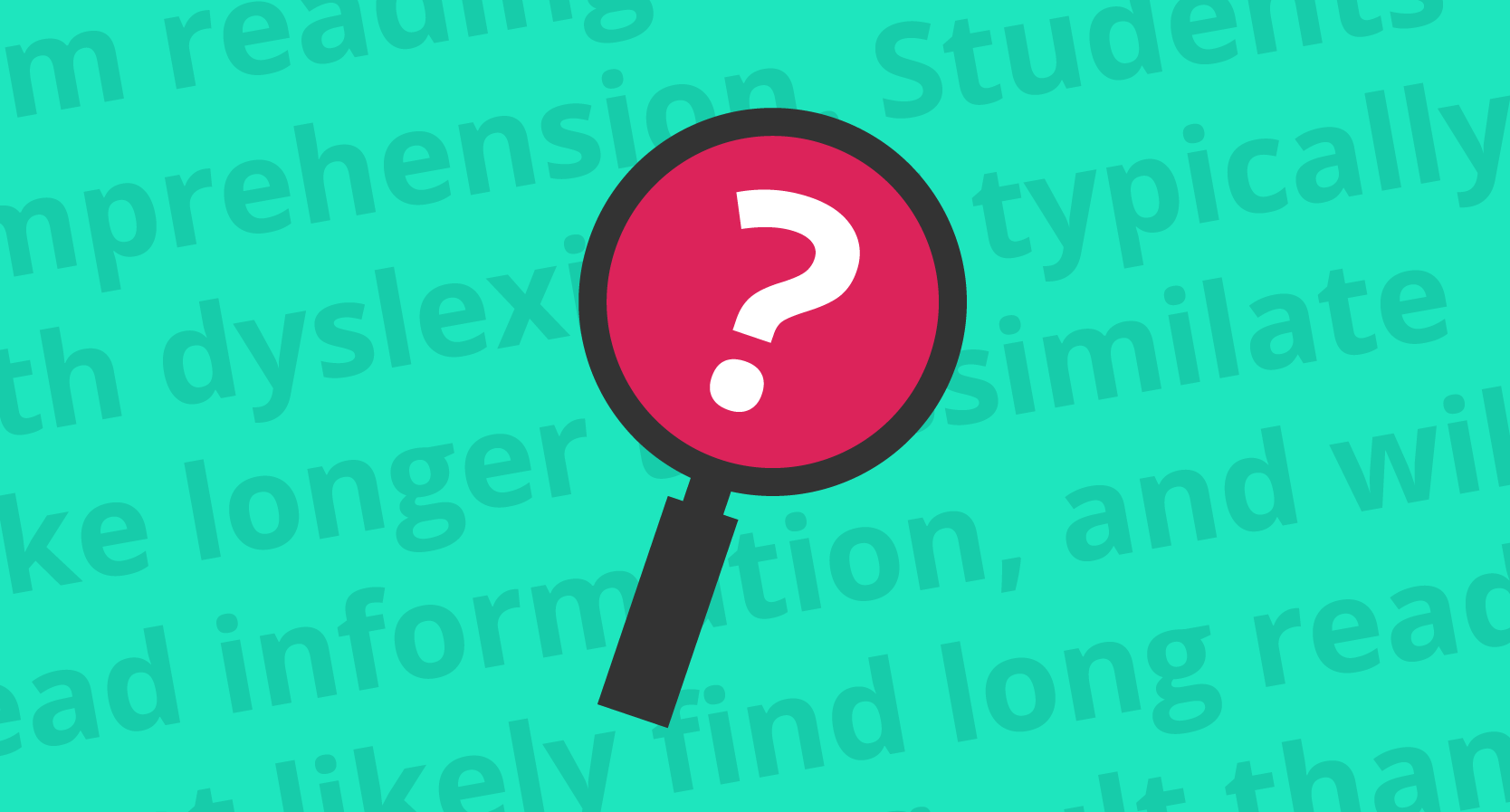
Organisation
Dyslexia affects how information is dealt with in the brain. This can have a significant impact on organisational ability.
Listening & Writing:
The cognitive processes that produce the ability to listen and take notes at the same time are hampered by dyslexia. Retaining information within working memory could be difficult, causing a frustrating and stressful limitation for students in a lecture environment.
Time Management:
Efficiently outlining, planning and executing tasks as a student with dyslexia requires significant effort. The effect of dyslexia on the brain that can produce enhanced creativity or ingenuity in solving problems can also harm more linear thinking processes.

Co-occurring Problems
Having dyslexia can make you statistically more likely to suffer from other conditions. We’ve listed a few below.
ADHD:
There’s a 30% chance that if you have dyslexia, you also have some form of ADHD. This condition itself can have a serious impact on academic performance. Research suggests that ADHD has an effect on studies throughout academic life, affecting concentration, self-regulation and ability to retain information, resulting in lower GPA and attainment among higher ed students with this condition.
Depression & Anxiety:
The overlap between learning difficulties and anxiety and depression shouldn’t be underestimated. Feelings of isolation, frustration and low self-esteem often produce connected mental health problems that can themselves present serious obstacles in the classroom.
Dyscalculia / Dysgraphia:
Dyscalculia and dysgraphia are specific conditions relating to the ability to process numbers and the ability to write, respectively. Whilst they are both related to dyslexia, they are treated as separate learning disorders.
There are many other obstacles students with dyslexia face that we haven’t covered, but we hope that this list serves to show how challenging the classroom environment can be for these students.
Thankfully, however, there are several tools and strategies your institution could implement to help alleviate these problems.
We’ve put together some resources to help you navigate these, as well as give you some insight into what role technology could have in improving outcomes for affected students.

Learn More
If you’d like to know more about how specific conditions affect classroom experiences, read our post on the challenges still faced by students with a physical disability, or take a look at our piece on ADHD in college students.
Alternatively, if you’d like a wider view of disability support in higher education, get the big picture on students with disabilities with our fact sheet.
More from Disability Services
View All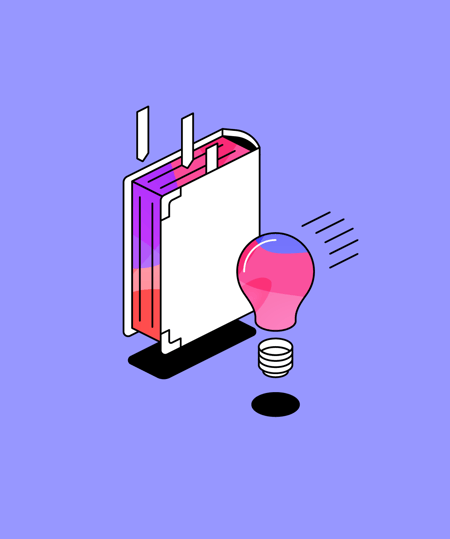
 4 min read
4 min read
Navigating budget restrictions: a comprehensive guide to maximizing departmental resources
Higher education professionals face increasing pressure to do more with less and maximize limited resources. In this article, we explore tips, strategies, and success stories for adopting assistive technology and effectively planning budgets.
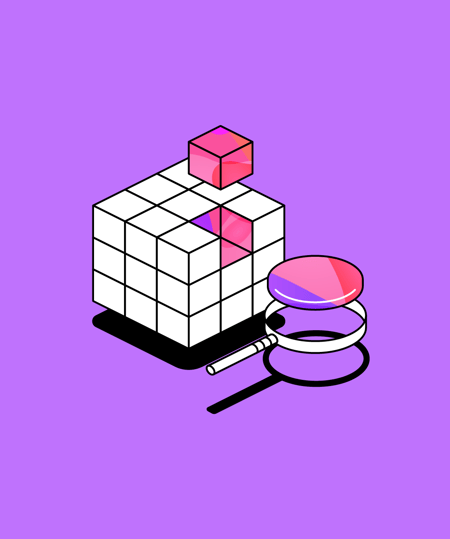
 2 min read
2 min read
The power of inclusive language and technology
In a recent webinar, Leslie Smith, Manager of the Access Center at Volunteer State Community College, shared a powerful insight into the transformative impact of language and technology.
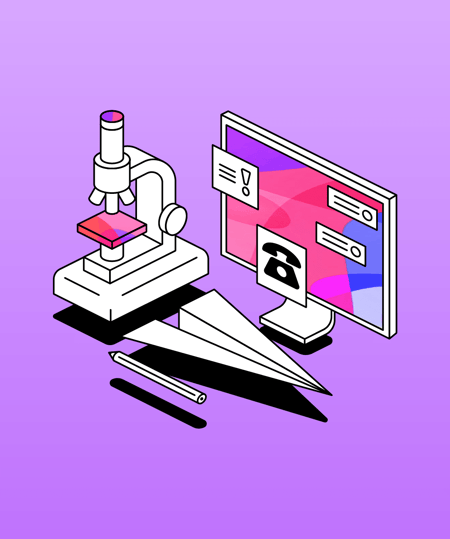
 3 min read
3 min read
The future of disability services in higher education
Disability services are experiencing significant change. To explore this, and how they may continue to evolve, we sat down with Christa Price, Assistive Technology Specialist at California State University, Northridge, and Aaron Holmes, Access Specialist at MiraCosta College.





